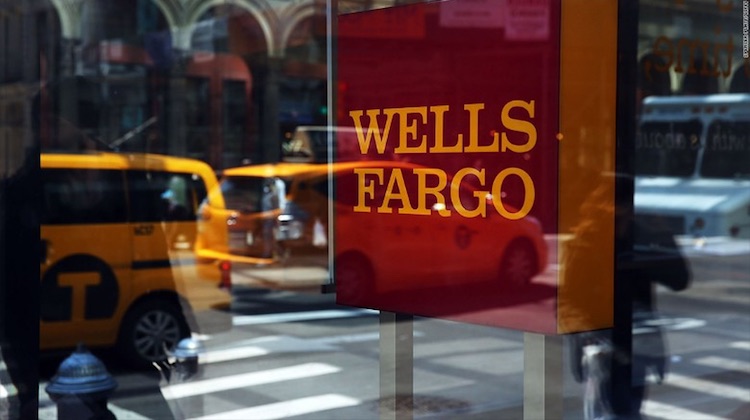Payments
Wells Fargo is bringing payments to the front of its banking app
- Wells Fargo rolled out Pay with Wells Fargo, a feature that lets customers carry out mobile payments from the app home screen
- Pay with Wells Fargo simplifies the mobile payment experience for customers and enhances brand visibility








